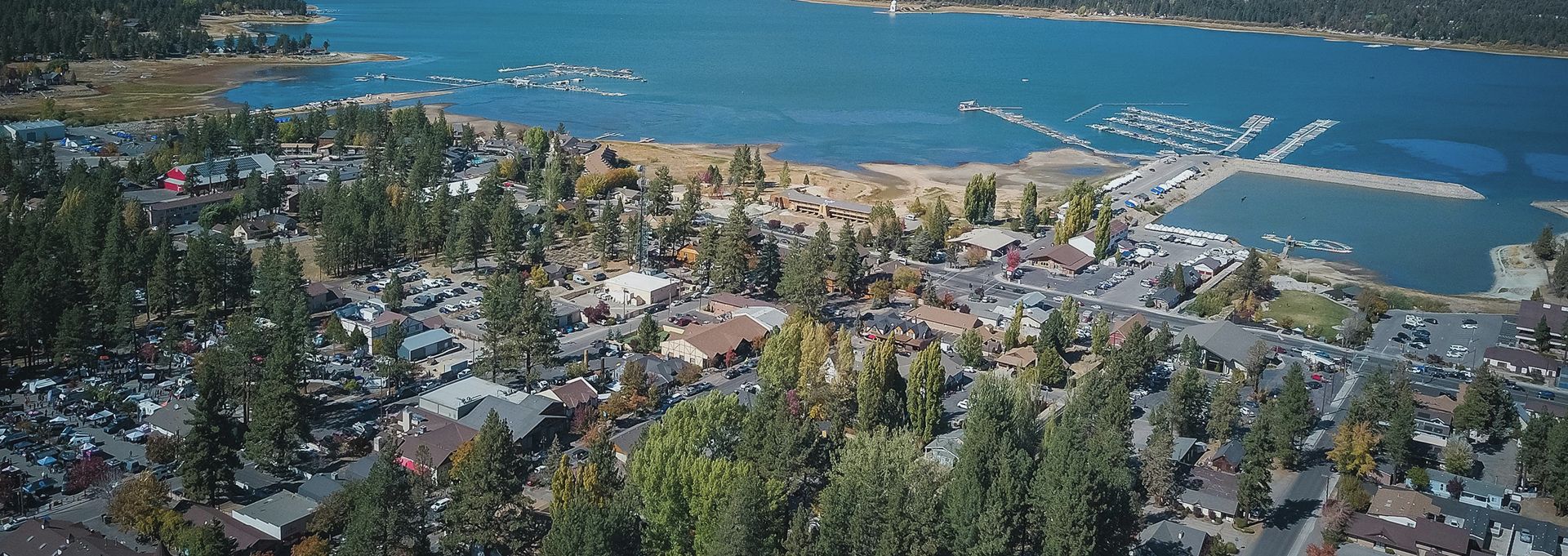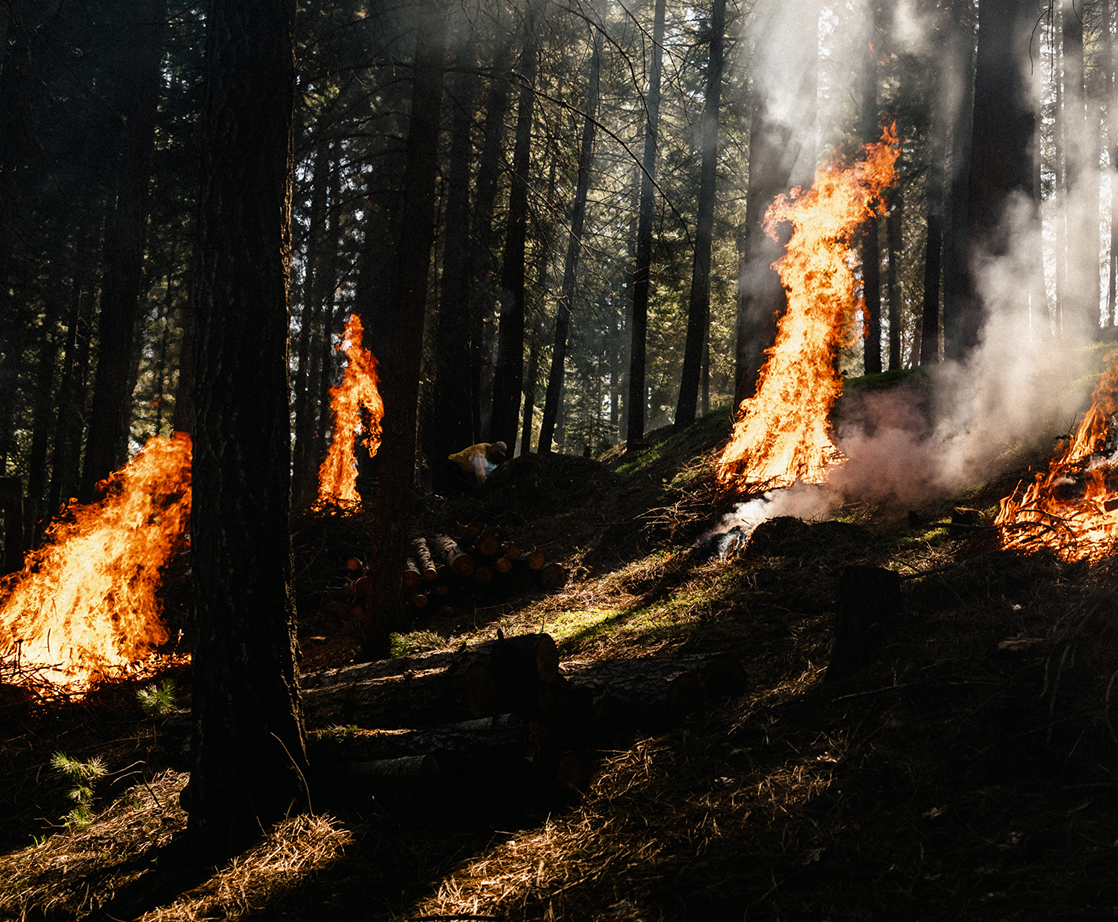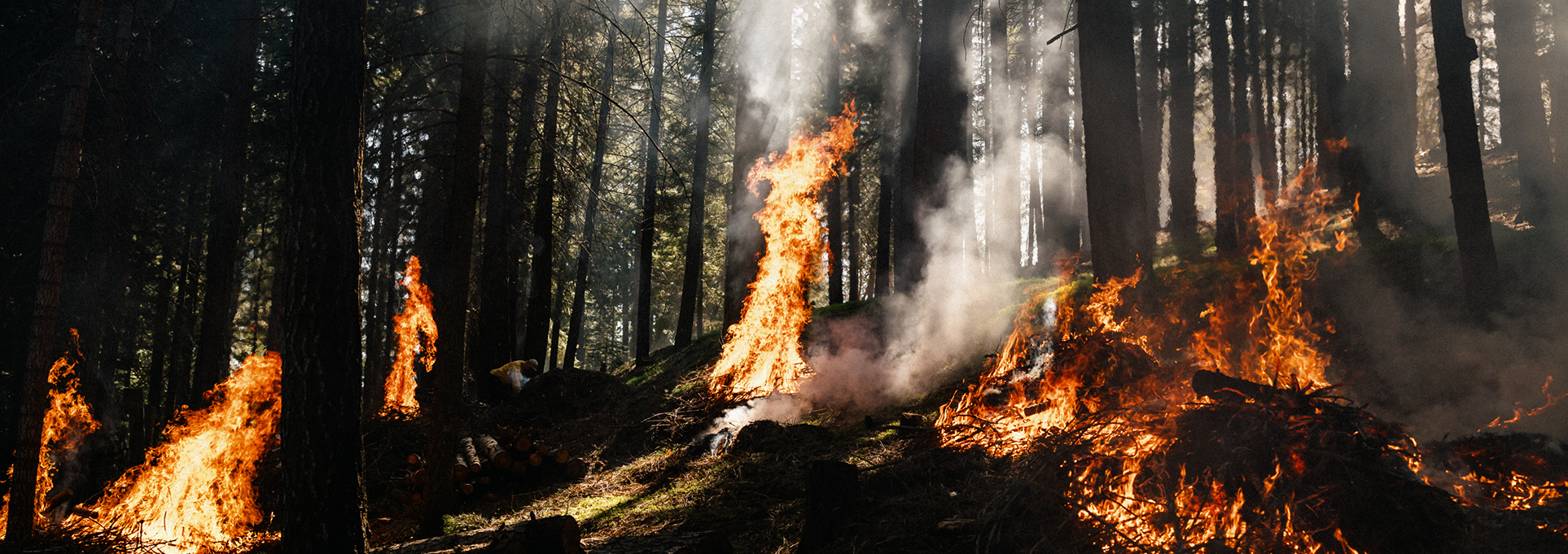The North Yuba Watershed in the Tahoe National Forest is a special and ecologically important place. Unfortunately, like much of the planet, this landscape is facing increasing threats to the community, biodiversity, and ecosystem services.
But, this is the story of collaborative success in a complex area and how a group of nine organizations — the North Yuba Forest Partnership — effectively increased the pace and scale of the watershed’s resilience. Together, the partners worked on an unprecedented scale to collaboratively plan, analyze, finance (raising over $150M so far!), and implement forest restoration across 275,000 acres of the watershed. Being part of this collaborative planning process informed the creation of Vibrant Planet’s platform.
Watch the below video series to learn how the North Yuba Watershed team achieved multi-jurisdictional planning success and how your organization and partners can too.












